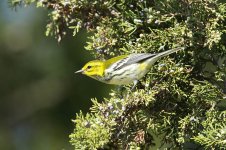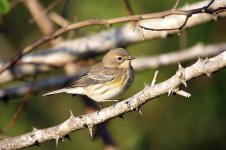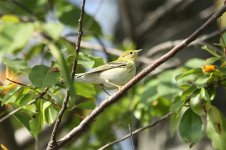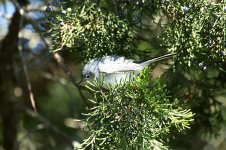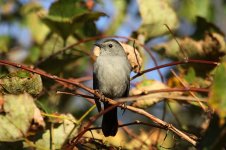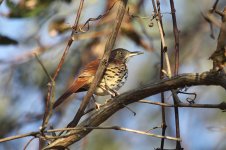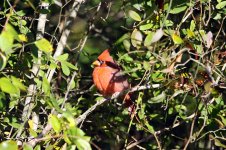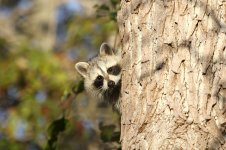
A short trip to catch the best of the autumn migration on the Eastern Seaboard of the USA, splitting time between the legendary Cape May and the superb Central Park of New York City. Timing was such to catch the end of the annual warbler migration, but also the first arrivals of sparrows and, hopefully, some good movements of raptors over Cape May.
Cape May is always a bit of a gamble with dates - birding success is closely linked to the prevailing weather conditions and southerly winds can see the site virtually devoid of birds, both passerines and raptors, for days on end. Fortunately however, the weather was simply superb – not only unbroken sunshine from start to finish, but also a cold front pushing birds through whilst at Cape Cape, then unseasonal warmth in New York allowing me to bask in the glory of temperatures rising to 21 C.
A total of 136 species were seen during the week, 113 in the Cape May area and 79 in New York. Among the highlights were 12 species of warblers, including an impressive morning flight of many thousands of Yellow-rumped Warblers. Also memorable, some very good movements of raptors at Cape May and the general spectacle of Central Park chockablock with birds! Special mention should also go to a very nice Dickcissel, a new bird for me.
DAILY LOG
16 October.
Afternoon departure from Europe, arrival in New York's JFK at 8.00 p.m. local time. New self-service immigration channels ensured a rapid passage through US customs, equally superb online check-in with Alamo meant car pick-up was also a breeze. By 9 p.m., I was in my hired Chevrolet cruising south, somewhere approaching midnight I rolled into Cape May, adventures to begin the following morning.
Cape May is always a bit of a gamble with dates - birding success is closely linked to the prevailing weather conditions and southerly winds can see the site virtually devoid of birds, both passerines and raptors, for days on end. Fortunately however, the weather was simply superb – not only unbroken sunshine from start to finish, but also a cold front pushing birds through whilst at Cape Cape, then unseasonal warmth in New York allowing me to bask in the glory of temperatures rising to 21 C.
A total of 136 species were seen during the week, 113 in the Cape May area and 79 in New York. Among the highlights were 12 species of warblers, including an impressive morning flight of many thousands of Yellow-rumped Warblers. Also memorable, some very good movements of raptors at Cape May and the general spectacle of Central Park chockablock with birds! Special mention should also go to a very nice Dickcissel, a new bird for me.
DAILY LOG
16 October.
Afternoon departure from Europe, arrival in New York's JFK at 8.00 p.m. local time. New self-service immigration channels ensured a rapid passage through US customs, equally superb online check-in with Alamo meant car pick-up was also a breeze. By 9 p.m., I was in my hired Chevrolet cruising south, somewhere approaching midnight I rolled into Cape May, adventures to begin the following morning.






